Building a Fence? Here's What You Need to Discuss With Neighbors So You Don't Cross a Line
Do you need to talk to your neighbors about building a fence? It' s good to get neighborly buy-in before a fence installation. Learn how to navigate the topic.
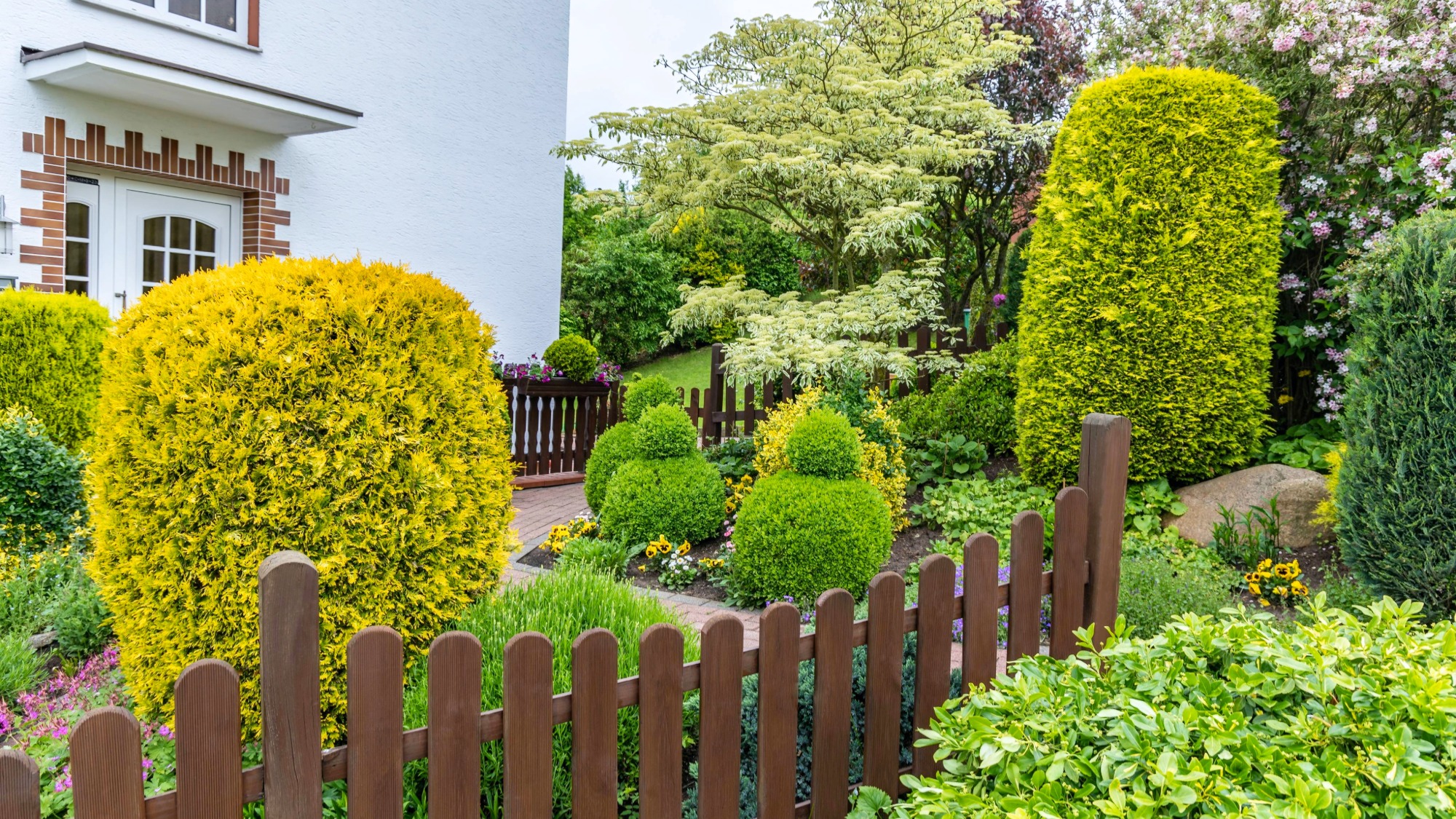

One of my favorite Robert Frost poems reports the general thinking that “good fences make good neighbors,” then hints that this may not be true. So, does installing fencing make for good relations with the neighbors? Well… it’s complicated!
Many neighbors in urban areas use fencing to delineate property lines, but fences and neighbors can be problematic. Whether your new fence is a front yard fence or a back yard enclosure, it can result in issues. Sometimes installing fencing between backyards is the perfect solution to property line squabbles, but that depends on the situation.
I’ve seen cases when one neighbor constructs a fence the other neighbor did not want, and it made them enemies for life. Let's explore what you need to discuss with your neighbors before you break ground on a new fence so you can avoid crossing a line.
Fences and Neighbors
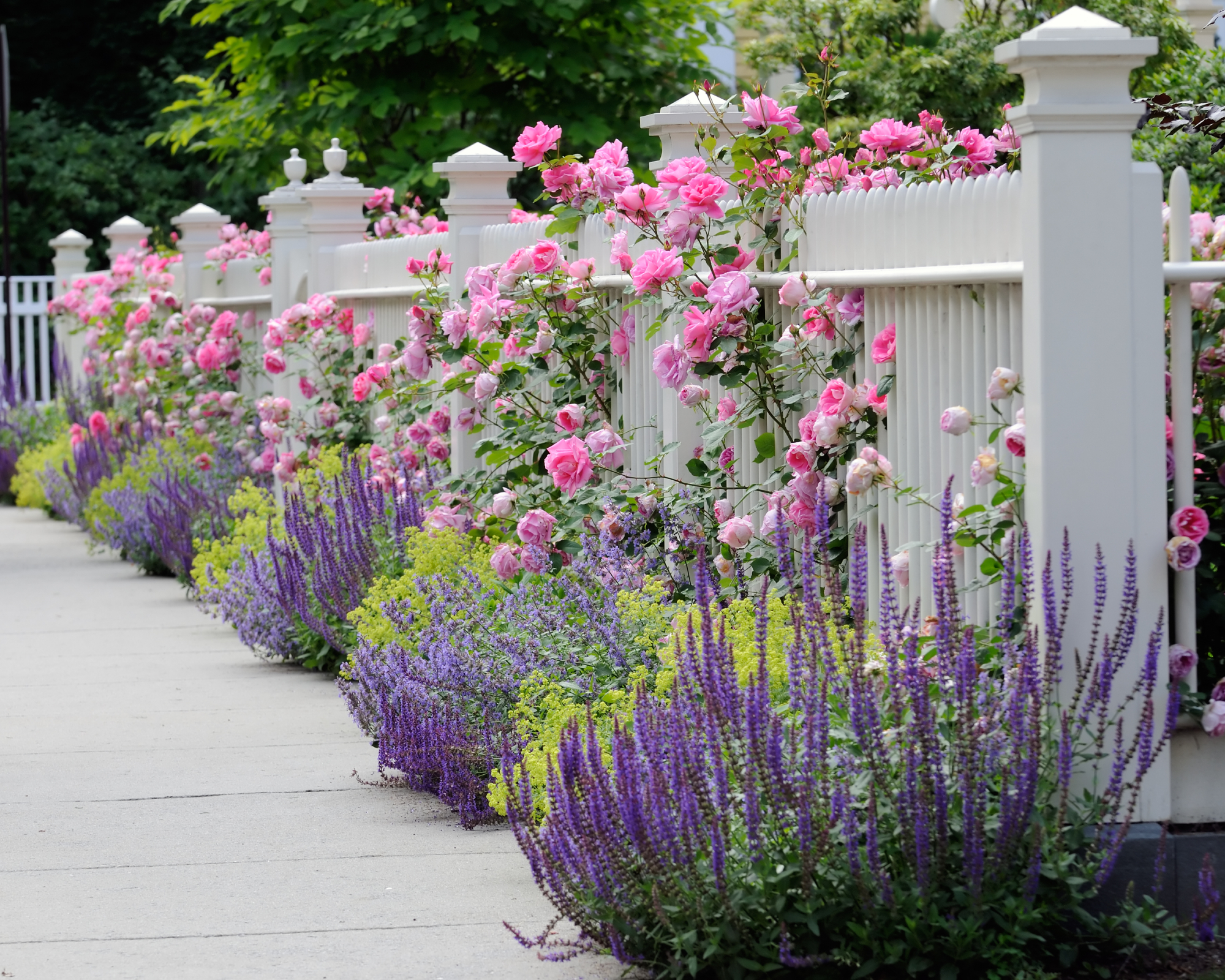
If you are thinking of building a fence, it is probably to improve privacy or home security. A fence can contain dogs or young children, and the right fence may deter burglars too. Equally important, a tall fence gives you privacy, making a pool or patio a private area. Of course, a well-designed fence can be attractive too, adding curb appeal, while marking property lines.
But there are downsides – and not just for your neighbors. A good, solid, attractive fence is not cheap – and you’ll need to add to that the cost of surveying the property line. And even after the fence is constructed and paid for, you’ll likely have to do regular maintenance, which will cost time and effort as well as money.
In addition to the cost of the fence, there are a few other downsides. You may construct the fence to restrict the neighbor’s views, but it also limits your own views. It also can create shade in your backyard and reduce air flow.
How the pros and cons weigh out depends in part on the type of fence you are constructing. Important factors include the height of the fence, what it is made of, and how attractive it is (you can make it look fabulous with a few fence landscaping touches!). Often a property fence can create a private backyard oasis on one side but look ugly on the other – which is sure to make the neighbor unhappy.
Sign up for the Gardening Know How newsletter today and receive a free copy of our e-book "How to Grow Delicious Tomatoes".
Proper Fence Etiquette
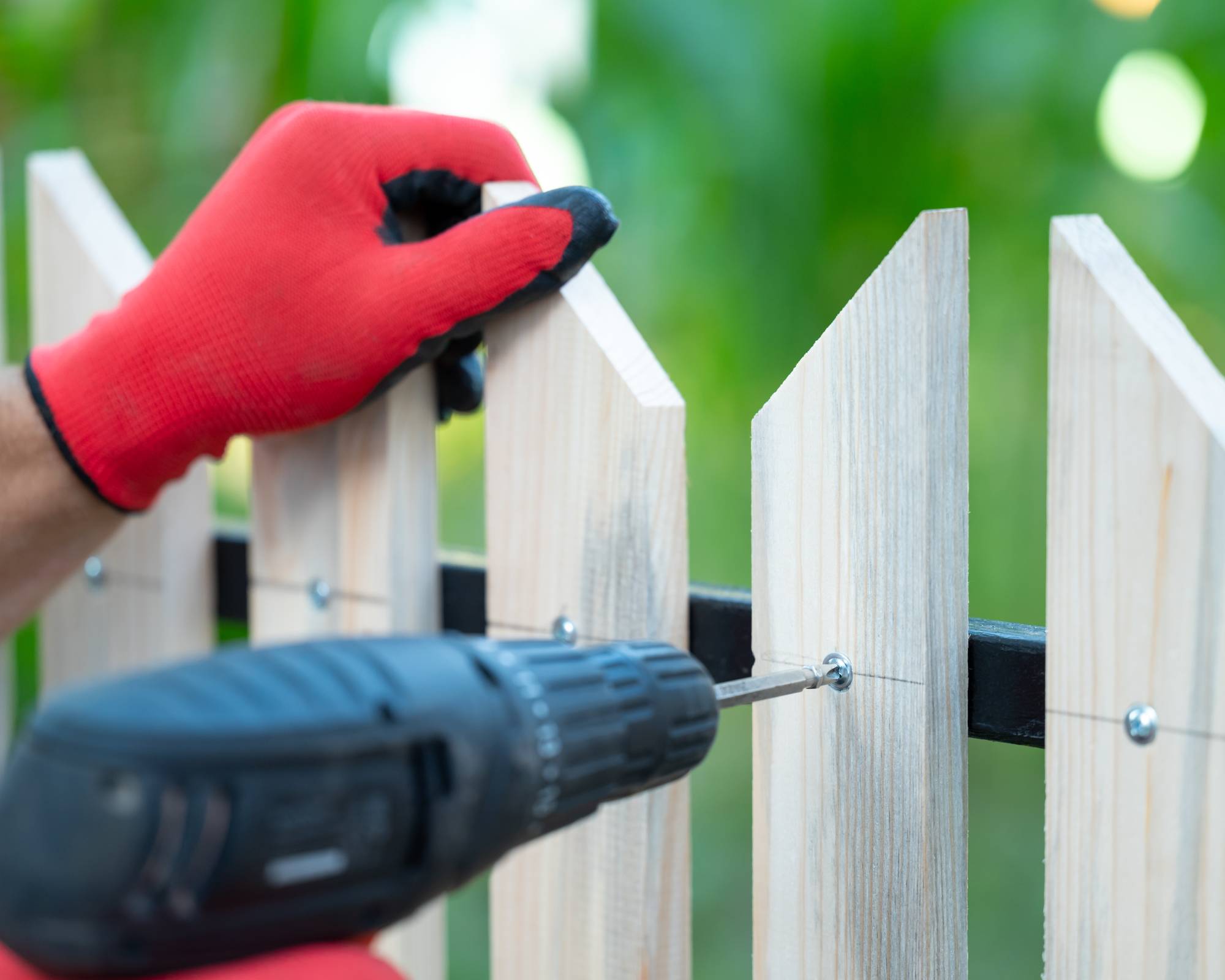
There may not be a “Miss Manners” book on fence etiquette, but maybe there should be. Being a good neighbor with your landscaping is important to keep the peace. The way you approach the project can make all the difference in how the neighbors react.
In these cases, looking at the law first is a great idea. This may mean state law, but more likely you’ll find restrictions in municipal zoning or development codes. In some areas, you must advise a neighbor before you build a fence on the property line – so check this out first. But even if telling the neighbor is not mandatory, it’s always a good idea. Here’s why.
- First, nobody likes these kinds of “surprises.” How would you like to return from a vacation to find your neighbor has installed new fencing you had never heard anything about?
- Second, if the neighbor thinks you are wrong about the property line, it’s far better to find out before you build than after. If your fence encroaches even a few inches into the neighbor’s property, you’ll have to take it down – and may be liable for damages.
- Third, some urban subdivisions put strict limits on what each owner can construct on the property line. And in many urban areas, anything on the property line – fences for sure but even the height of trees - is limited by city ordinance.
- And last, if approached correctly, a neighbor may agree to pay for half of the fencing between your properties. They are less likely to do so if you spring the completed project on them.
While learning the laws should be a priority, there is nothing more important than courtesy. A good neighbor will inform property line neighbors about property line construction and ask for their feedback. Everyone likes being heard.
Even if you aren’t on the same page about the aesthetics, it’s more likely you can find a compromise if you approach the issue gently and thoughtfully before you dive into the project.
Other Considerations When Building a Fence
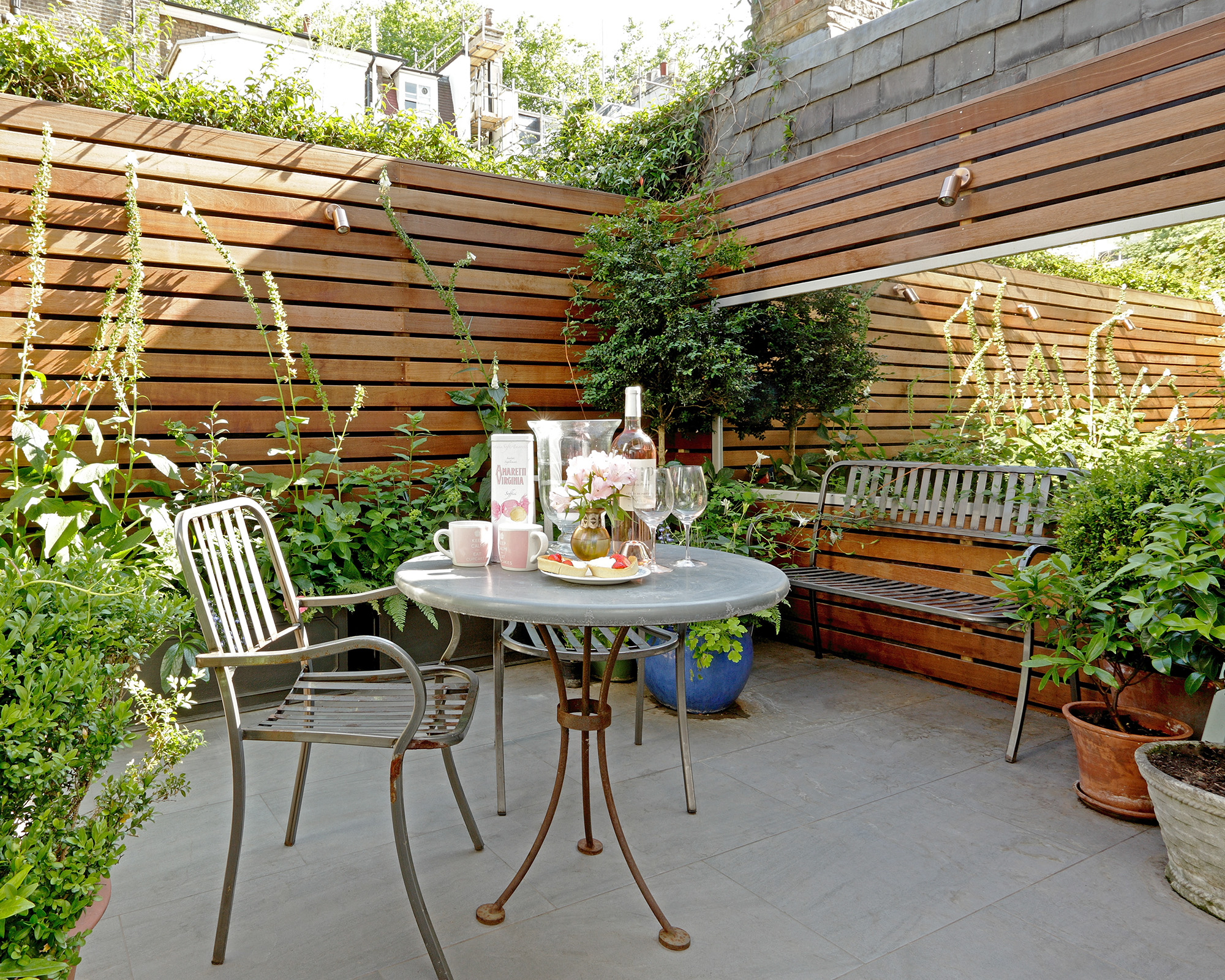
As you are researching the laws or rules regarding a fencing project, find out whether you need a permit. You’ll want to stick closely to the letter of the law, especially if this is a fence your neighbor doesn’t want.
Think, too, about how you will landscape your new fence. This can be a good place for taller shrubs and climbing vines, depending on the sun exposure.
The “best” type of fence depends on the situation. A white picket fence might be best for the front yard of a cute cottage, but it won’t work to keep the dogs in. It's also not a good style fence to keep the deer out. Wooden fencing is considered by many homeowners to be more attractive than metal, but the maintenance can be costly. I used wooden stakes and chicken wire, topped with barbed wire, around my property in France to keep out the wild ponies. The best fence is one that meets your needs – and won’t rile up the neighbors.
To fence or not to fence – it’s up to you. Just be sure you think through the matter before you start and discuss the idea with the neighbors so everyone can be happy.
Fence Essentials
- A wood privacy fence will look great while keeping deer out of your yard. Find great wood fence options from the Home Depot.
- Don't want a full fenced enclosure? This cedar slatted privacy fence screen from Home Depot instantly provides privacy for your patio, or it can cover unsightly utilities or trashcans.
- Create an easy vertical garden to camouflage your fence and make it look a little nicer with native American wisteria from Fast Growing Trees.
- Grow herbs, veggies, and flowers on your fence with these nifty hanging planters from Park Seed.
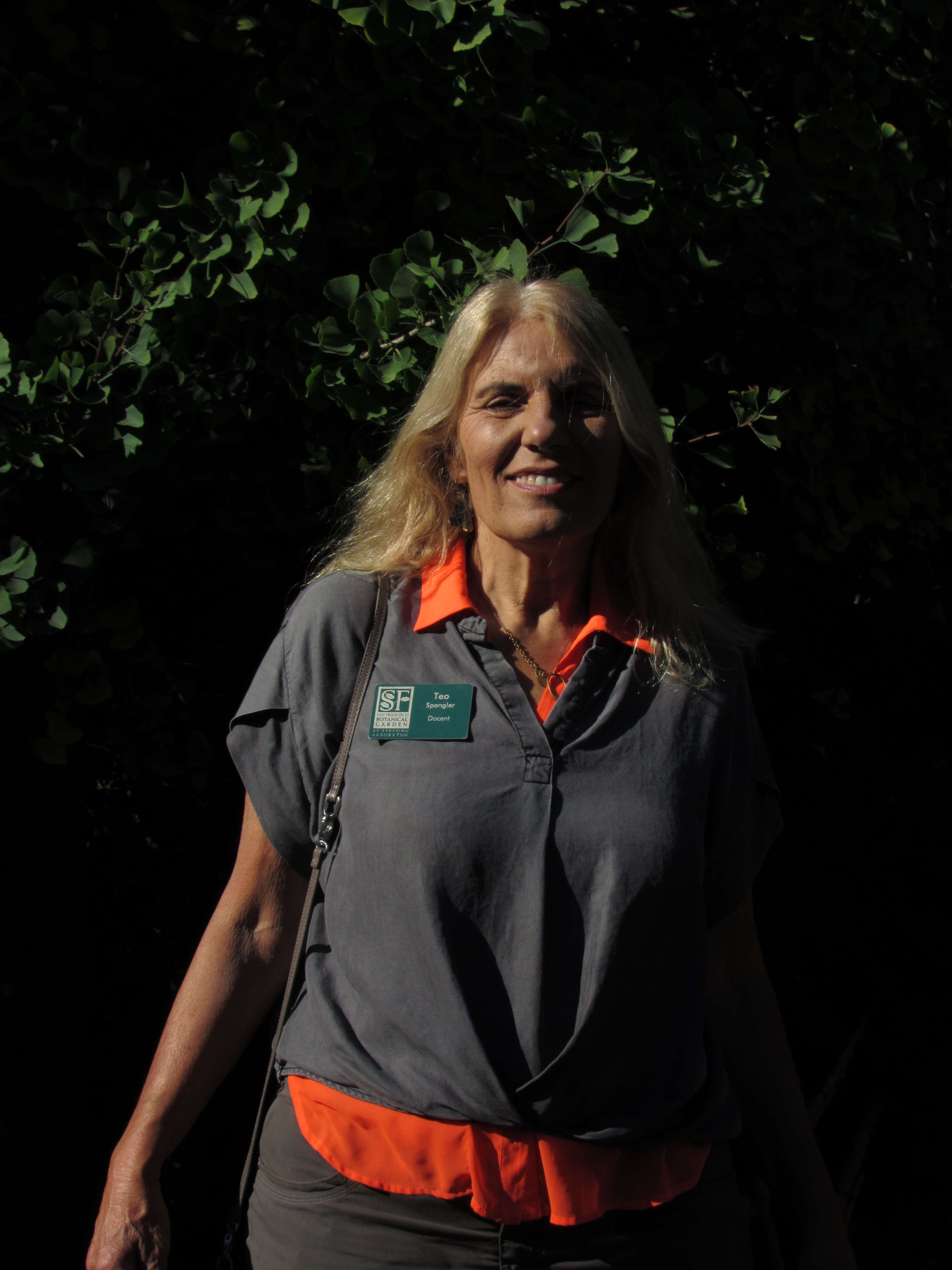
Teo Spengler is a master gardener and a docent at the San Francisco Botanical Garden, where she hosts public tours. She has studied horticulture and written about nature, trees, plants, and gardening for more than two decades, following a career as an attorney and legal writer. Her extended family includes some 30 houseplants and hundreds of outdoor plants, including 250 trees, which are her main passion. Spengler currently splits her life between San Francisco and the French Basque Country, though she was raised in Alaska, giving her experience of gardening in a range of climates.